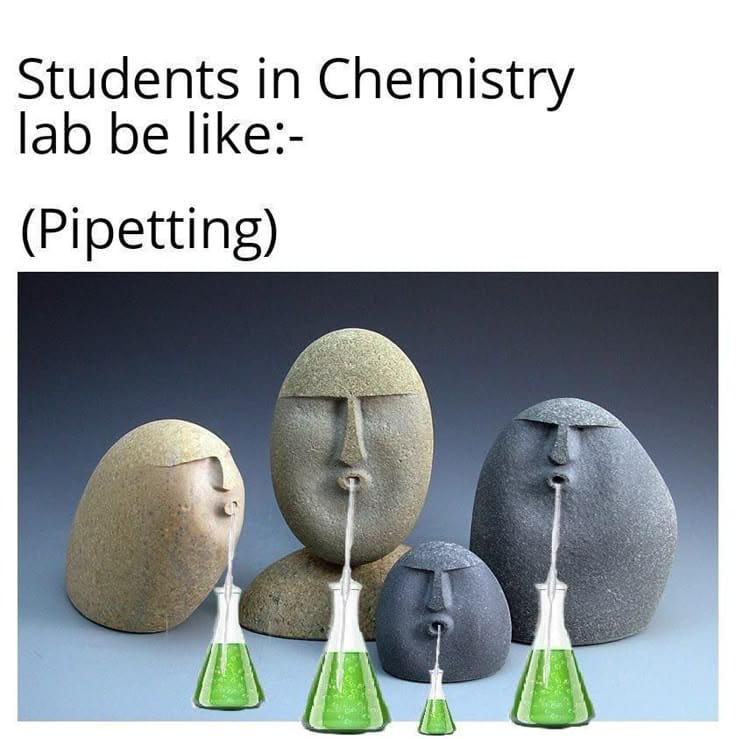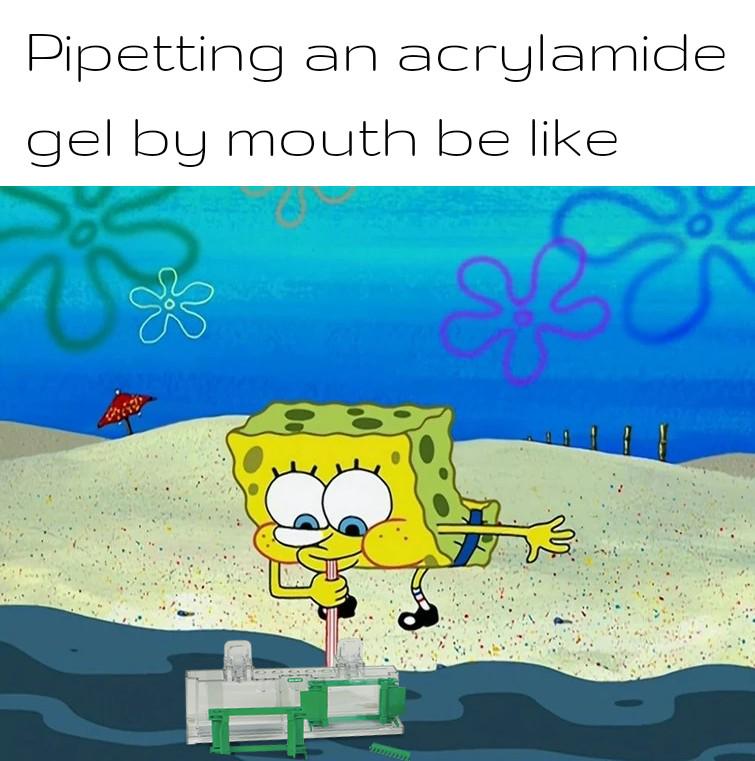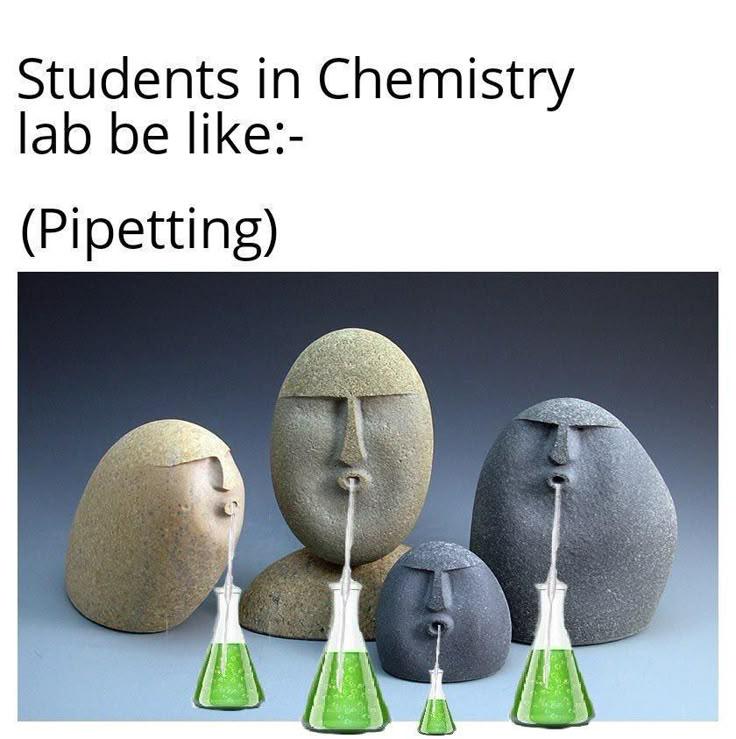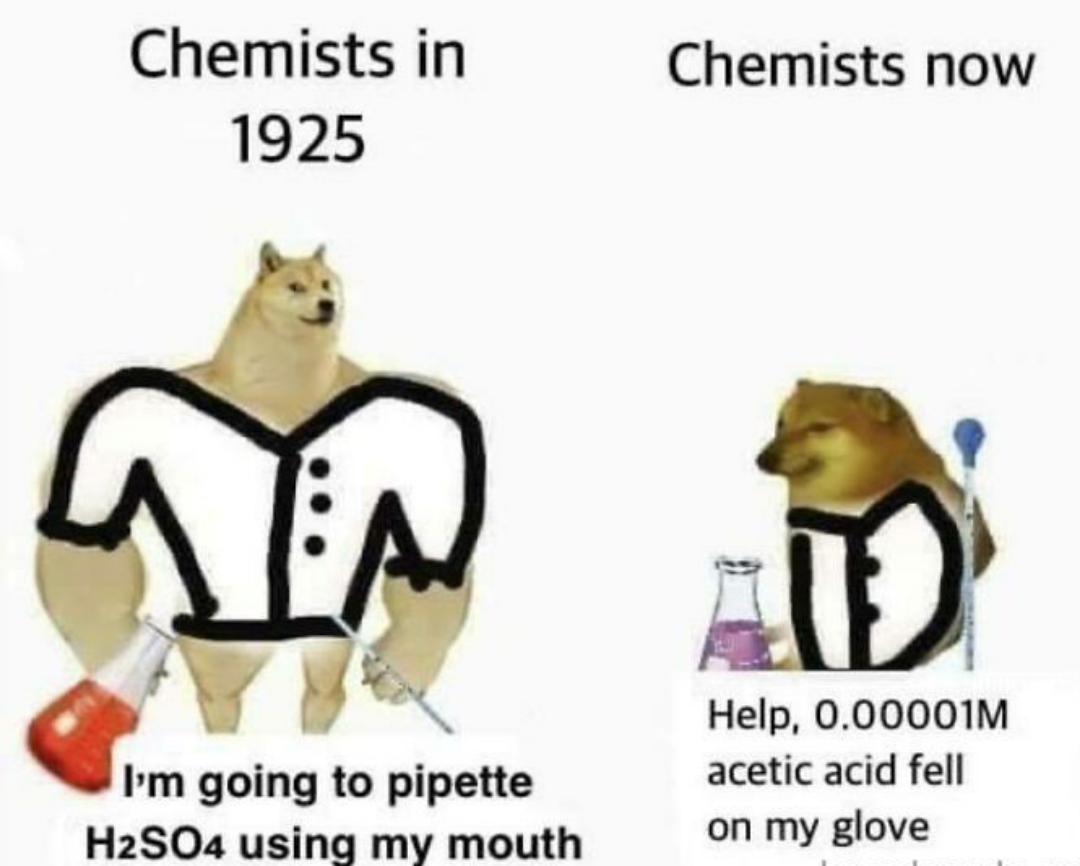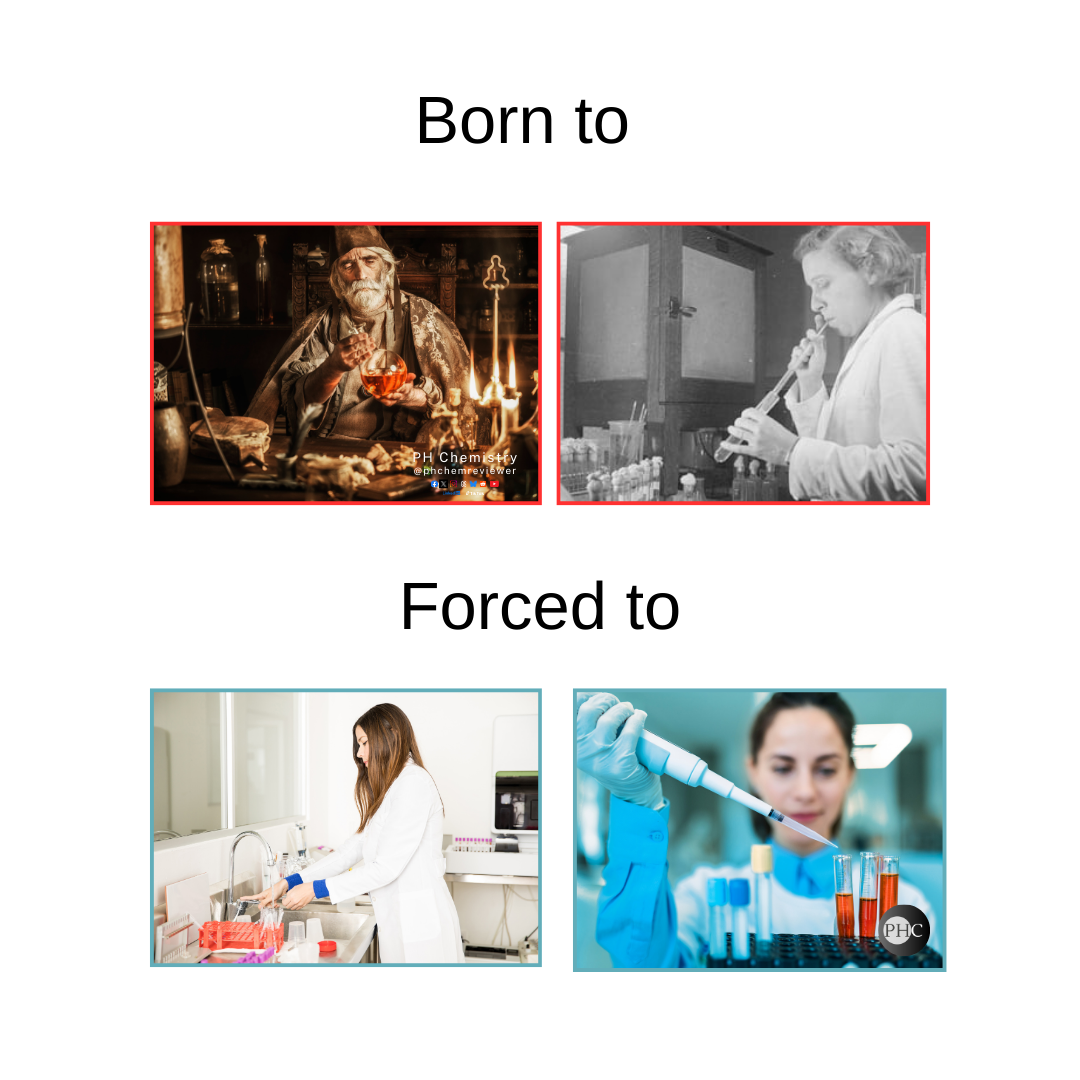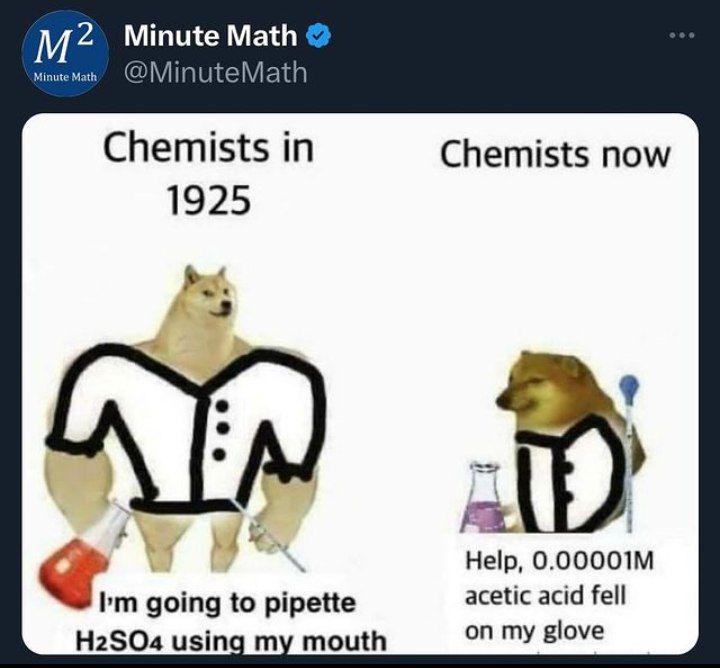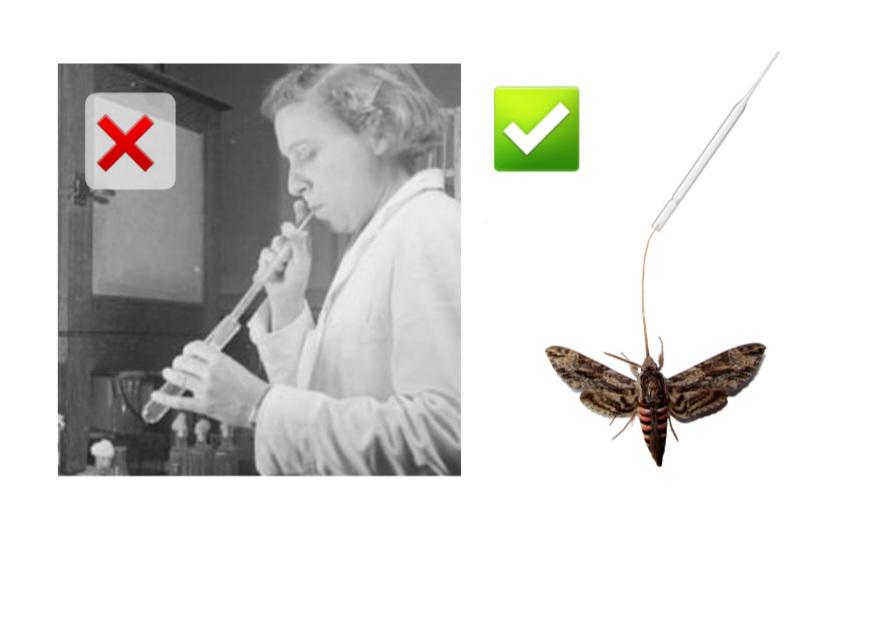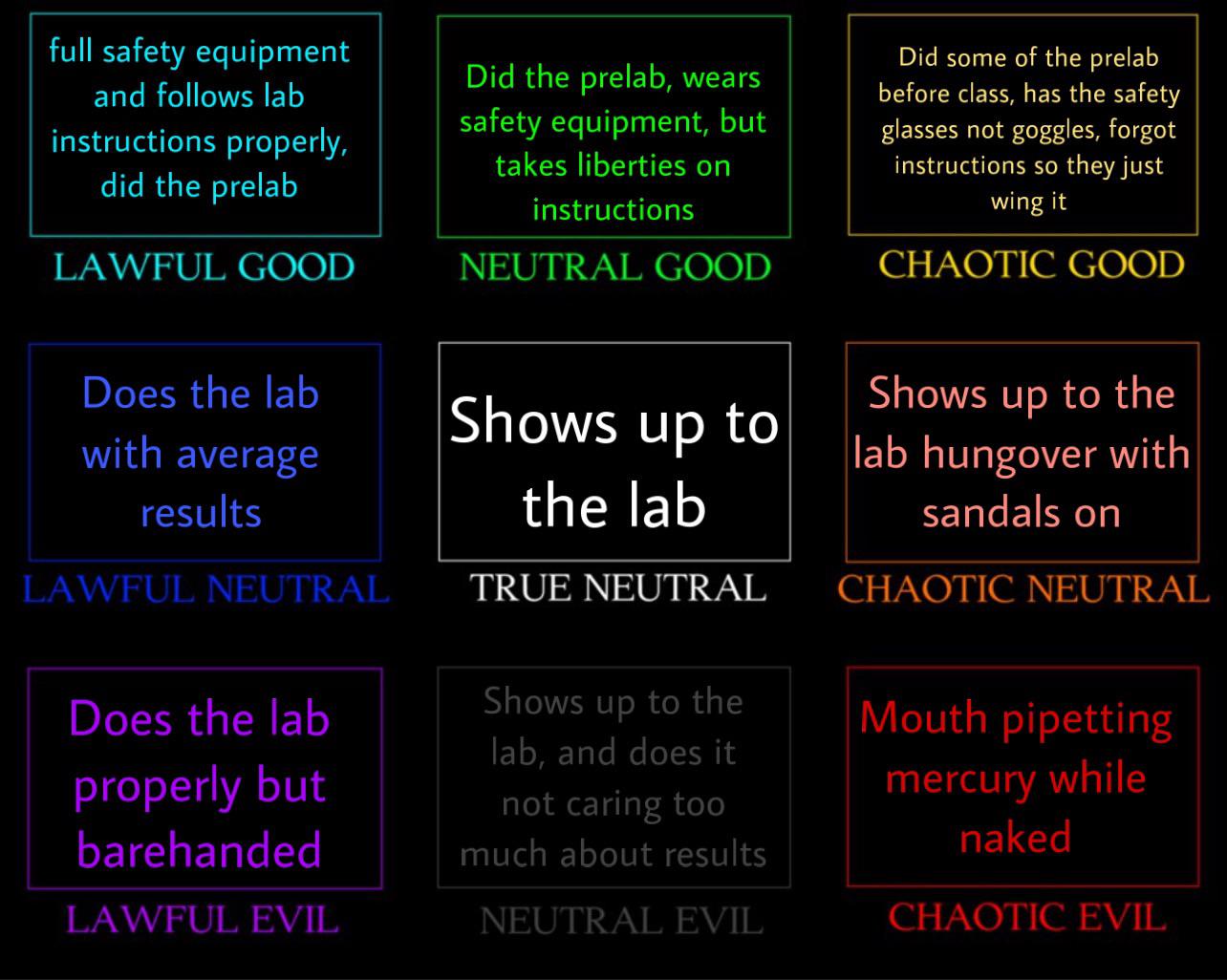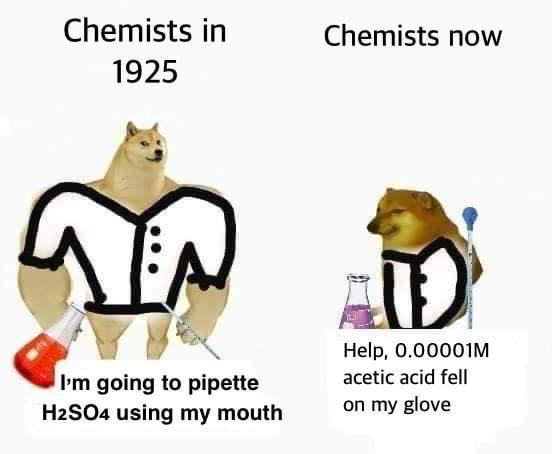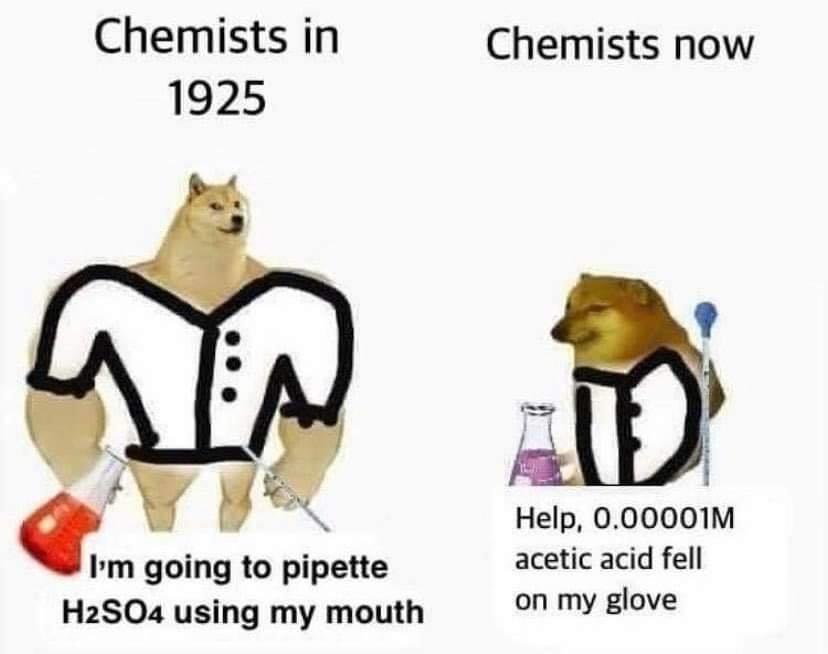Chemistry's glow-up is both hilarious and bittersweet! The top shows the wild "Born to" days of chemistry - mysterious alchemists brewing glowing potions by candlelight and vintage scientists casually pipetting by mouth (hello, mercury poisoning!). Meanwhile, modern chemists are "Forced to" follow actual safety protocols with proper pipettes, gloves, and standardized procedures. It's the classic trade-off: we've lost the romance of possibly turning lead into gold or accidentally discovering something by tasting it, but gained the perk of not dying from laboratory accidents! Sure, modern chemistry lacks the dramatic flair of potentially blowing up your lab, but those boring safety goggles mean you'll live long enough to publish more than one paper!


 Academia
Academia
 Ai
Ai
 Astronomy
Astronomy
 Biology
Biology
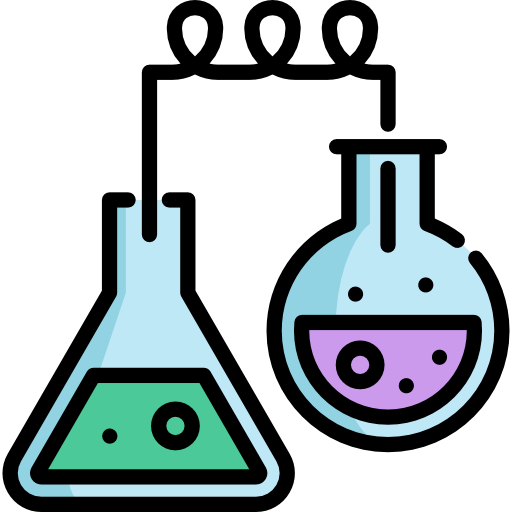 Chemistry
Chemistry
 Climate
Climate
 Conspiracy
Conspiracy
 Earth-science
Earth-science
 Engineering
Engineering
 Evolution
Evolution
 Geology
Geology
